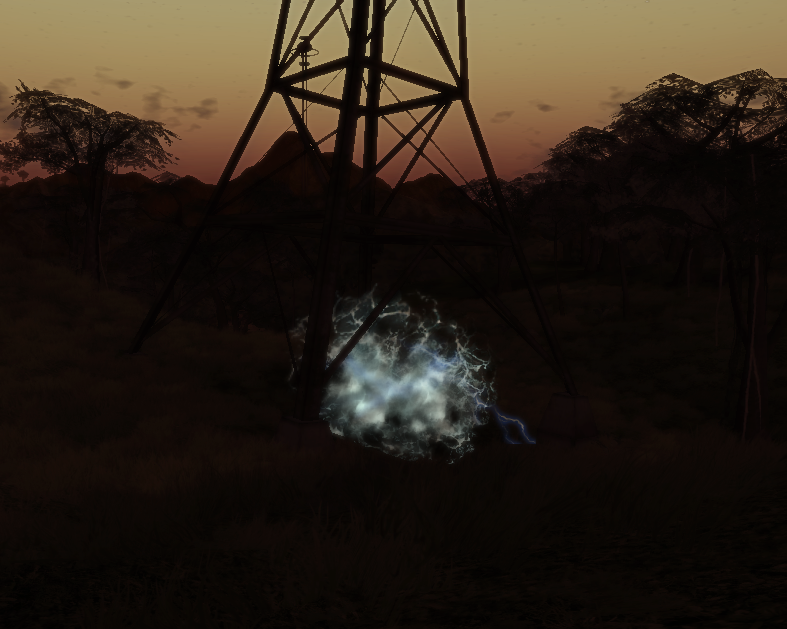

It reduced the occurrence of local and regional metastases. Both groups did better than Group 1, indicating ADT effectiveness. At higher PSA (> 0.35), Group 3 was better than Group 2, but the difference was not statistically significant.Both groups did better than Group1, so ADT had a significant effect. At lower PSA (≤ 0.35), Group 3 did no better than Group 2, so widening the treatment area had no effect.They used a nadir+2 definition of biochemical progression because it correlated best with clinical progression. 8-year freedom from progression (biochemical or clinical) was 77% for sWPRT+STADT, 72% for PBRT+STADT, and 61% for PBRT (all significantly different, regardless of initial ADT, Gleason score, or stage).8 years of follow-up is insufficient for those other endpoints. The sample size was powered to detect progression-free survival, but not metastases, prostate cancer mortality, or overall survival.(There is also an expansion of the prostate bed, as discussed here) The treated pelvic lymph node area was per RTOG guidelines and did not include the recently recommended expansion.Radiation dose to the pelvic lymph nodes was 45 Gy at 1.8 Gy per fraction.Radiation dose to the prostate was 64.8-70.2 Gy at 1.8 Gy per fraction.ADT consisted of 4-6 months of a combination of an anti-androgen and an LHRH agonist starting 2 months before salvage radiation.

SALVAGE BED IN RADIATION ISLAND TRIAL
In 2018, we saw the early results of the SPPORT randomized clinical trial (see this link).


 0 kommentar(er)
0 kommentar(er)
